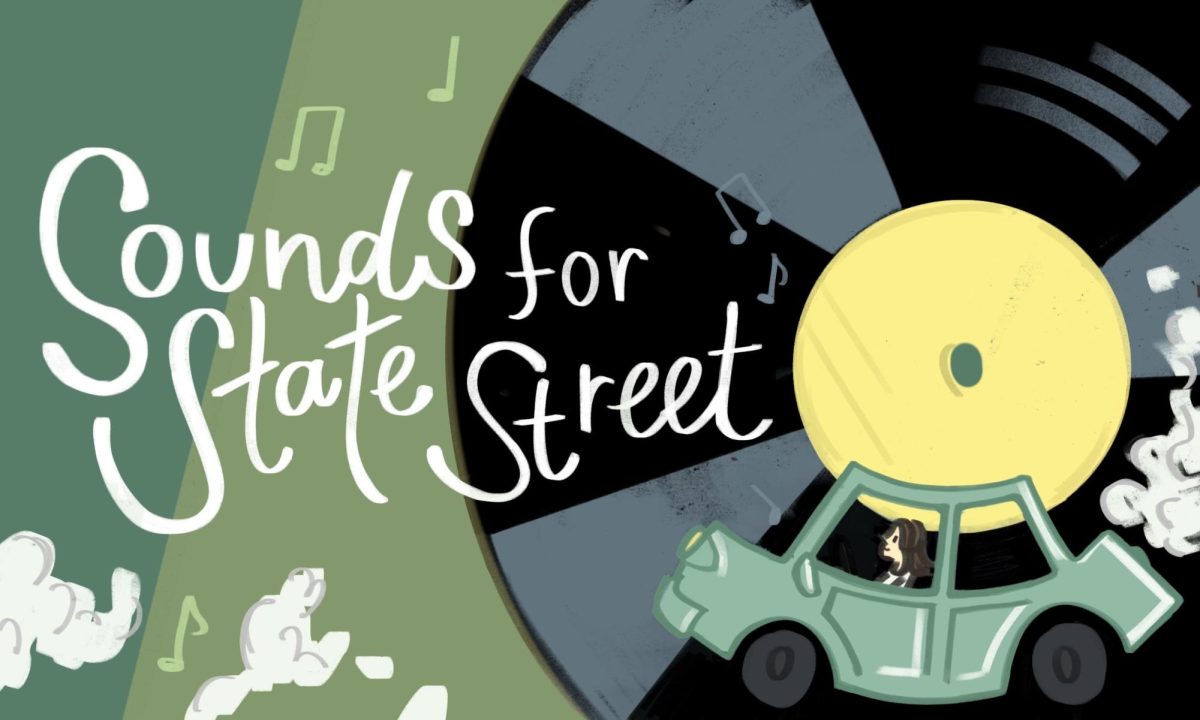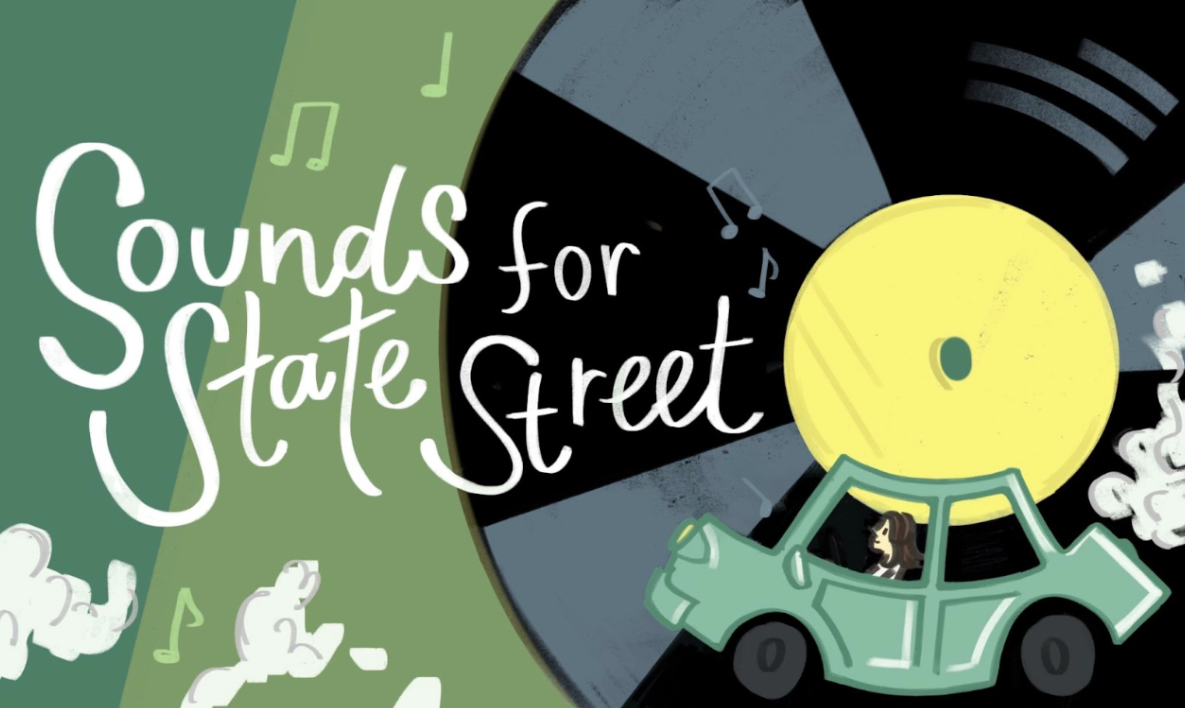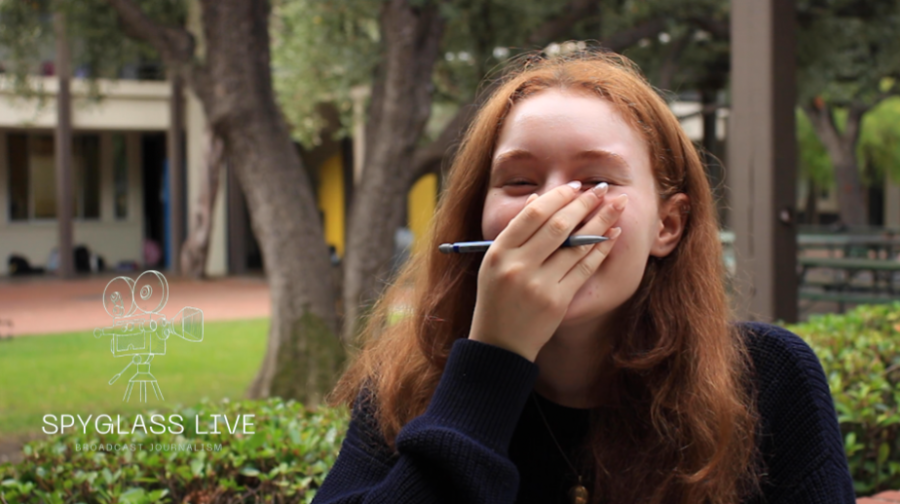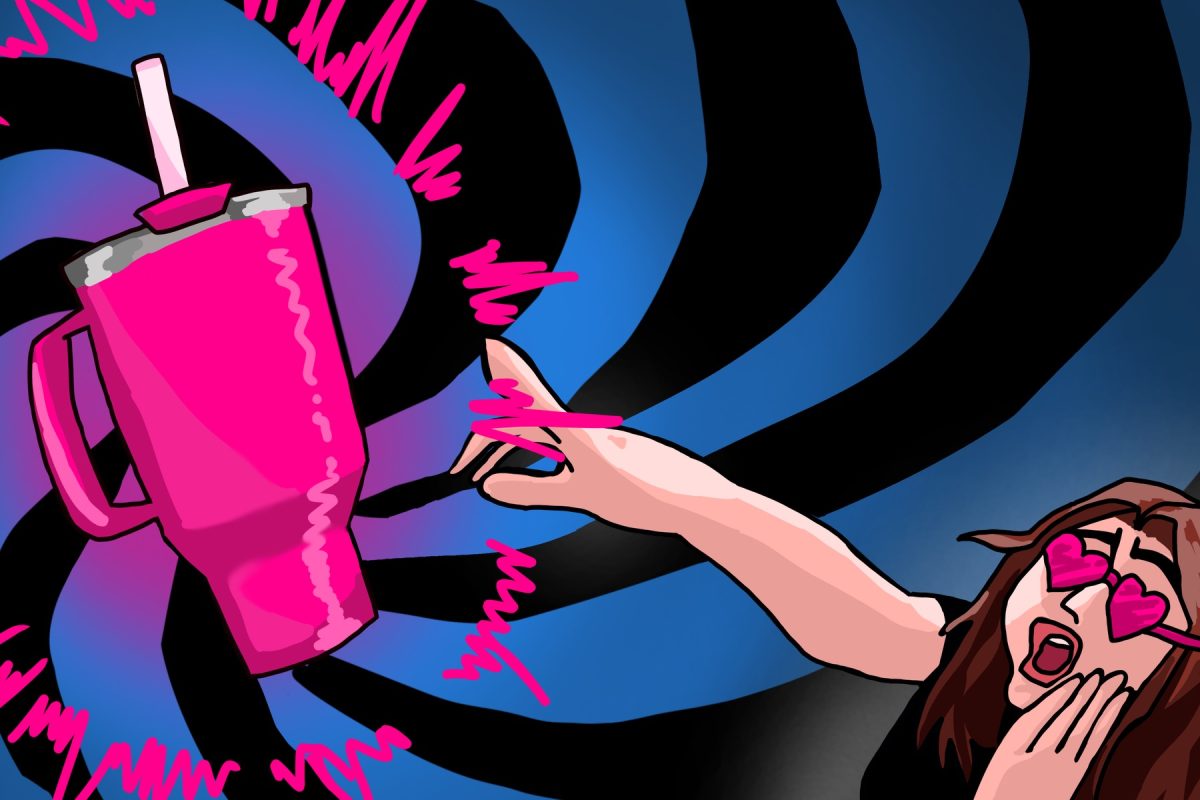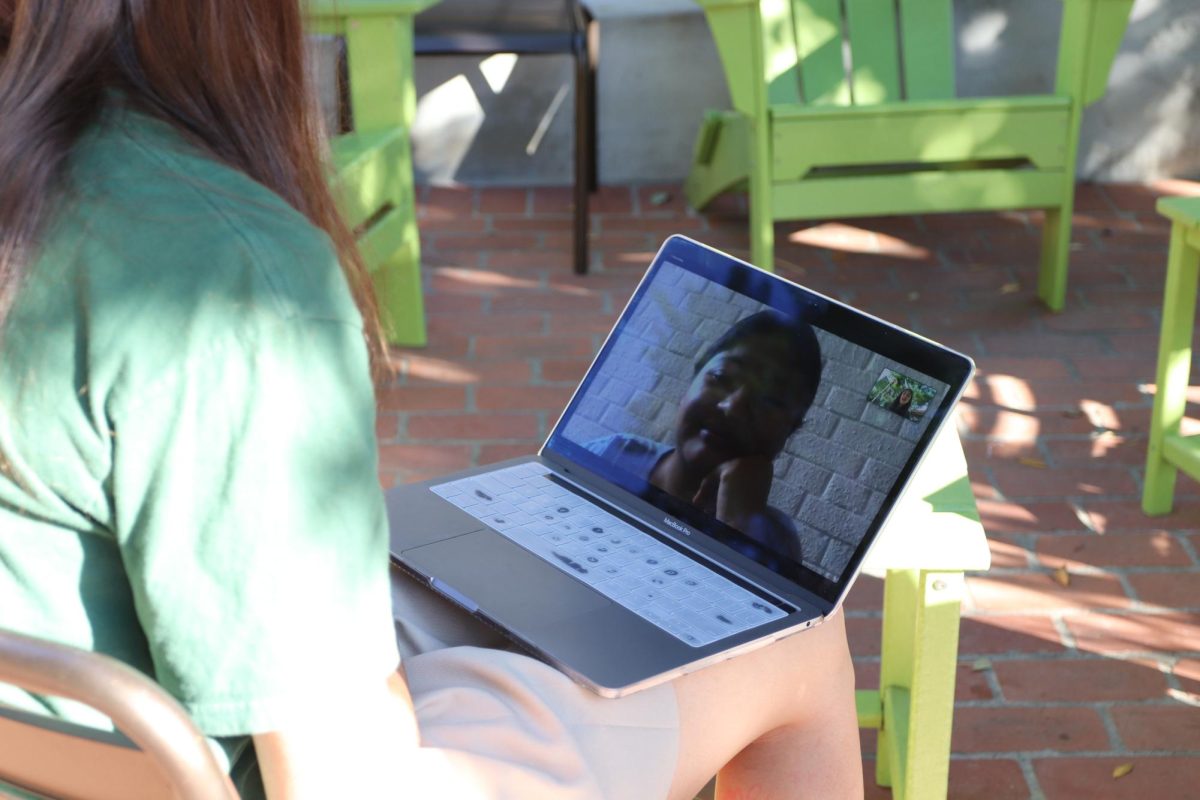As I walk through the glass door of the Westridge Library, I notice various tall shapes in colors of pink, blue, and gray, clutched in hands and sitting on top of desks. These days, the sounds of metallic slurping consume Westridge’s campus. When I open Tiktok, my recommended page floods with 20-something-year-old fitness influencers talking about a new, trendy 40oz water bottle guaranteed to keep you hydrated while being up-to-date on the latest. The internet, world, and Westridge campus have abandoned their Hydroflasks and moved onto their new “it” water bottle, the Stanley Quencher Cup. 

![]()

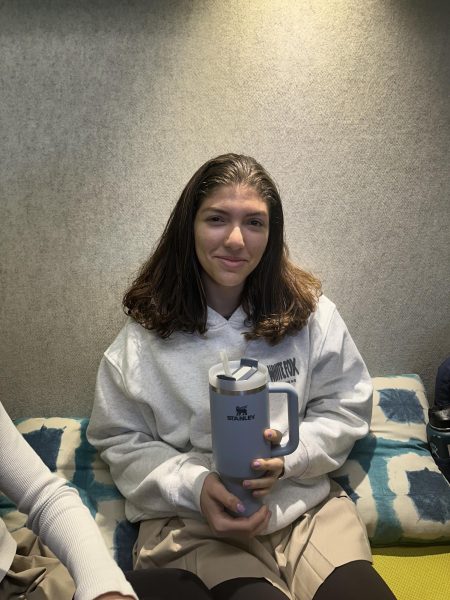
As Stanleys have grown in popularity, so have the prices of more favored Stanleys, ranging from $40 up to $90. Over the past year, the 111-year-old company’s revenue has grown from $75 million to $750 million. Westridge students share that they enjoy their Stanleys for a variety of reasons, like keeping beverages hot or cold for up to two days, encouraging hydration, and the cup’s aesthetically pleasing appearance. Lora K. ’27 shared, “I absolutely adore my Stanley tumbler cup. It’s first off, really durable. I’ve dropped it at least four times and it’s still going strong. I also love how it keeps my beverages cold for days.”
Shania W. ’27 said, “I like my Stanley because it holds my water and hydrates me for the day. Whenever I see my Stanley, I feel compelled and motivated to drink water; that’s honestly probably why they are so well-known and popular.”
Brooke Surin, Upper School Biology Teacher, brings her Stanley Flip Straw Tumbler to school nearly every day. When asked why she believes Stanleys have become so popular, she responded, “Influencers. A hundred percent influencers. Stanleys have been around forever, but they have been geared towards the camping dad…Now all of a sudden [influencers] are like
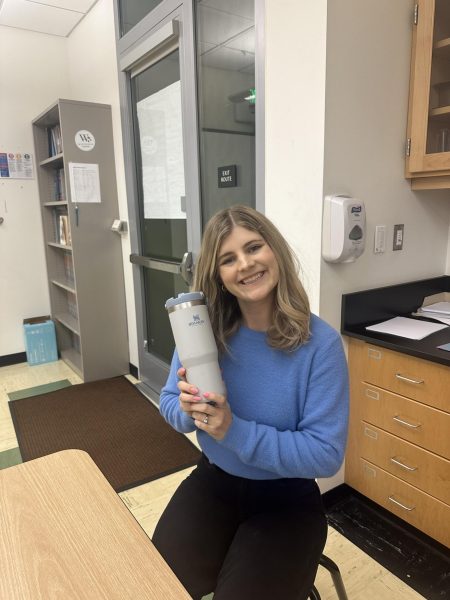
, ‘My Stanley matches my outfit and keeps my water cold.’ It’s definitely influencer culture.”
Stanley Mania has spread around the world and Westridge. However, the recent obsession with them is a key example of the effect of microtrends. Microtrends are short-lasting trends
typically spurred by social media that result in an increase of consumerism and materialism. A harmful example of the Stanley microtrend is the lack of sustainability.
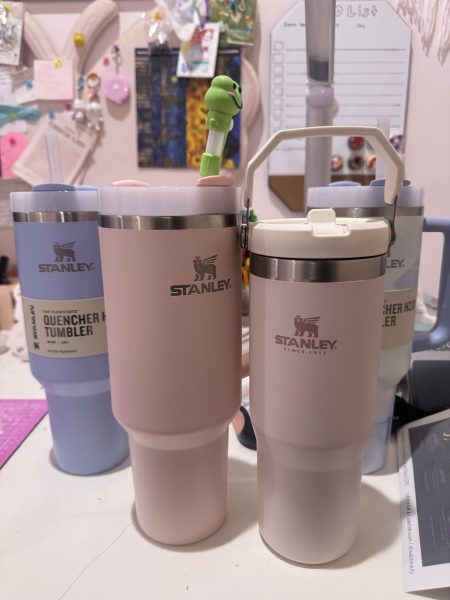
While the point of the reusable cup is to reuse, the cup’s recent popularity has caused some buyers to purchase multiple cups and start a collection for personal satisfaction. Celina L. ’26 shared how she does not support the lack of sustainability that Stanley collections encourage: “I feel like people that collect [Stanleys] just [do it] because there are different editions and [they] look different, [which] seems unnecessary…you get a Stanley for you to use it, so what’s the point of having four just to look at and not use?” Singular Stanley owner, Joovy C. ’27 added, “[Stanleys] may be seen as a status symbol or a collectors item because of the price of it.”
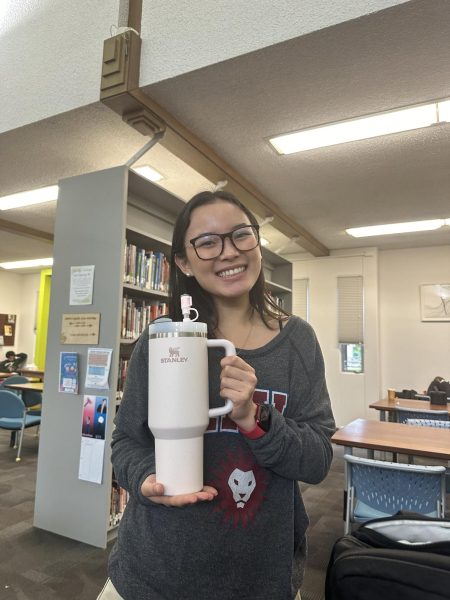
While Stanleys may contribute to the impact of microtrends, they also brighten the library and classrooms—even when they clank and spill on desks. The popularity of the Stanley trend has encouraged both students and faculty to sport them with pride and stay hydrated throughout the day. Lauren K. ’24, who is typically seen carrying her pink Stanley, concluded, “Overall, Stanleys have improved my health.”

![Many students at Westridge recognize the benefits of rewriting, but do it ultimately for a better grade. [When I revise] I get to make those changes and like, obviously, get a better grade, but also because Im learning more things, said Avin M. 27.](https://westridgespyglass.org/wp-content/uploads/2024/05/ElizaK-Rewrite-Policies-1200x750.jpg)


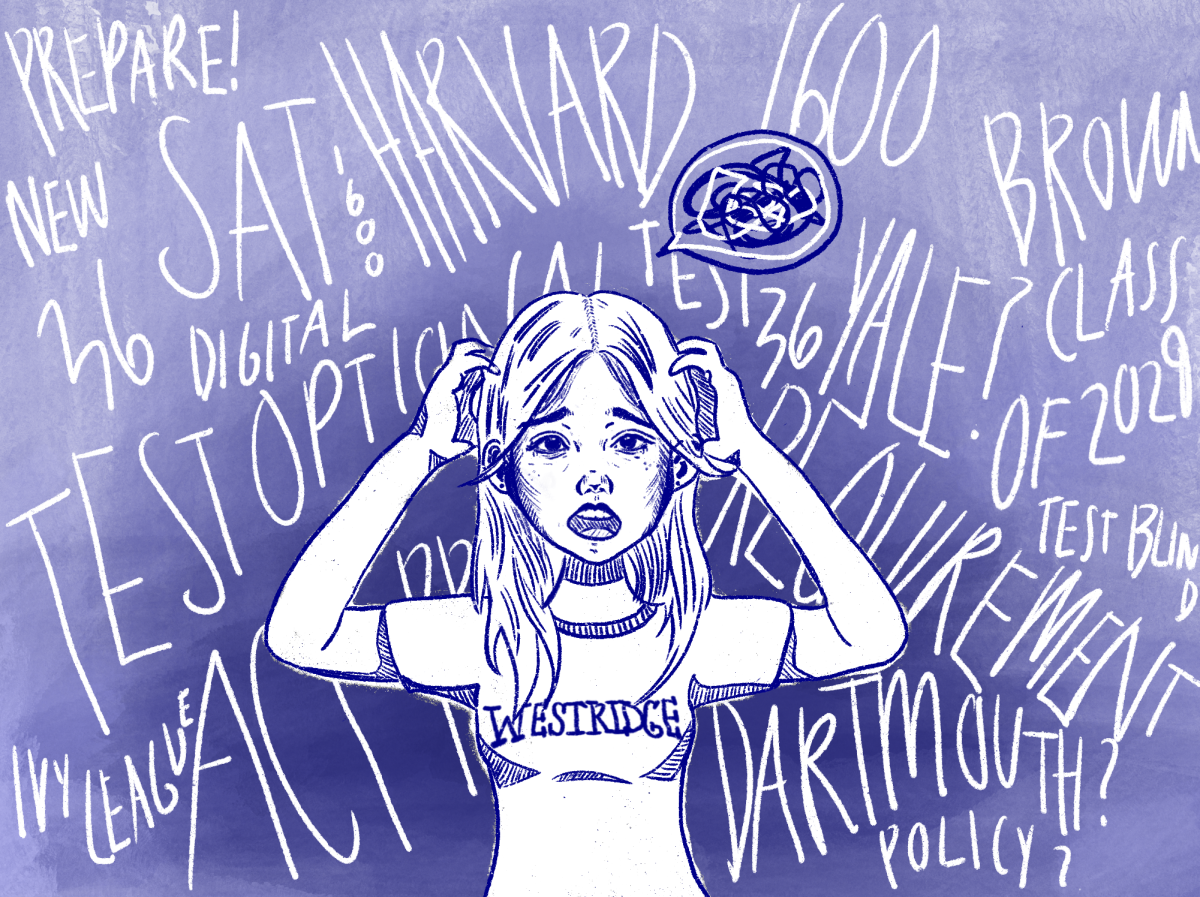






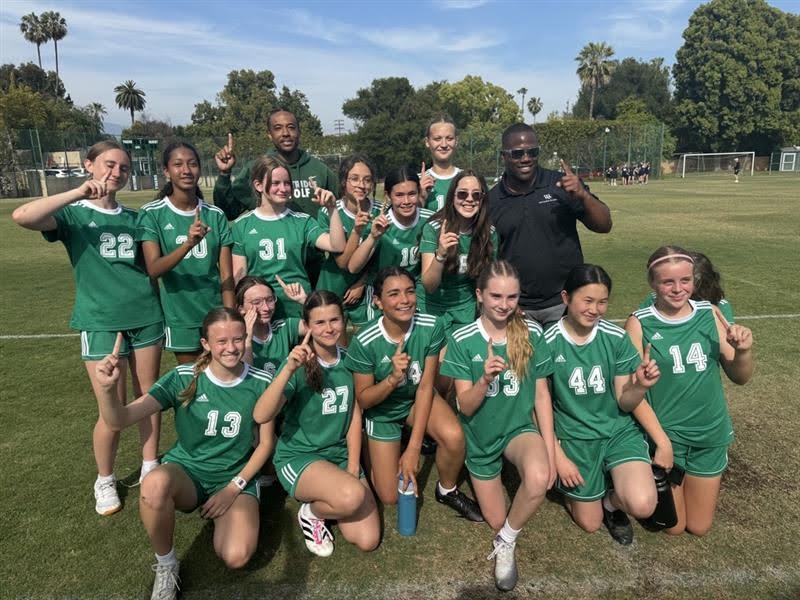







![[TTPD] has the more story-like poetic lyrics of folklore/evermore with her classic pop instrumental and production, so it feels very “her” to me. Like a culmination of everything she’s done to get to where she is now, comments Eliza L. 25](https://westridgespyglass.org/wp-content/uploads/2024/05/19swift-arrival-qfgw-articleLarge.jpg.webp)





